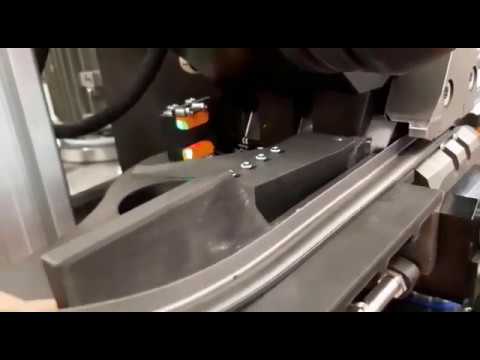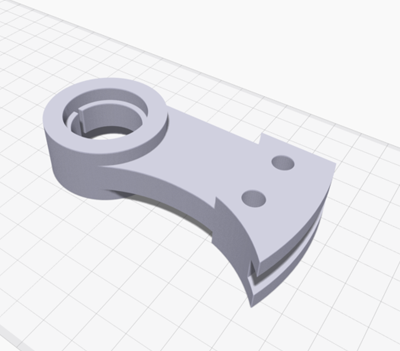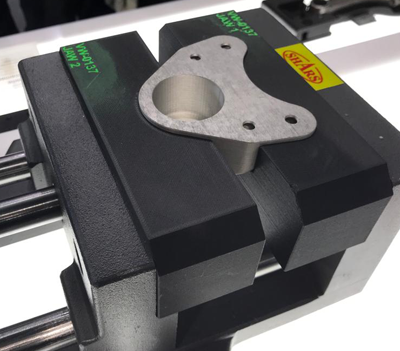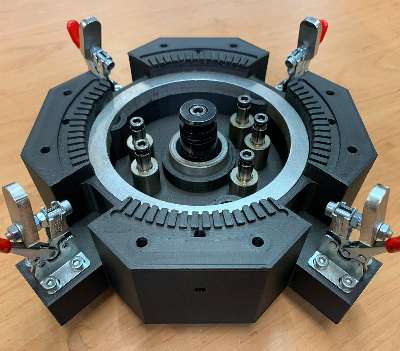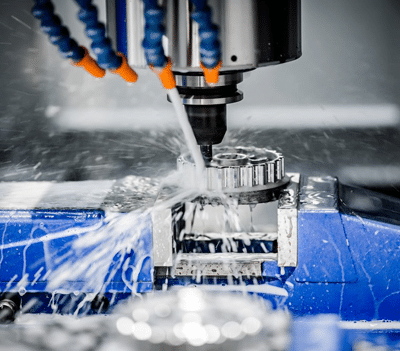Construction for special machines and project planning
Peil Maschinenbautechnik designs and prints (almost) everything with the Mark Two: From brackets, functional components and power-loaded machine components to brackets for circuit boards and moulds for silicone parts. His customers come from all areas of mechanical engineering, from the medical industry and mould making, among others. Peil Maschinenbautechnik also offers experienced 3D printing and design services.
Challenge
Reacting quickly and individually to customer requirements: At Peil Maschinenbautechnik the main focus is on special machines, which is why almost no component is needed twice. Before the purchase of the Mark Two, the management had parts turned or milled and the supplier also implemented sheet metal constructions for him at short term. Now this is no longer possible and the large companies in the vicinity have a longer waiting period and single part production is also quite uninteresting and expensive there. So a solution had to be found that could replace these aluminium parts quickly and accurately, but no less strongly.
3D printing in special machine construction At a trade fair, managing director Thomas Peil got to know the Markforged 3D printers and was impressed by the strength provided by the continuous fibres and the resulting application possibilities. Now it is even possible to print components that could not have been produced „this way“ otherwise.
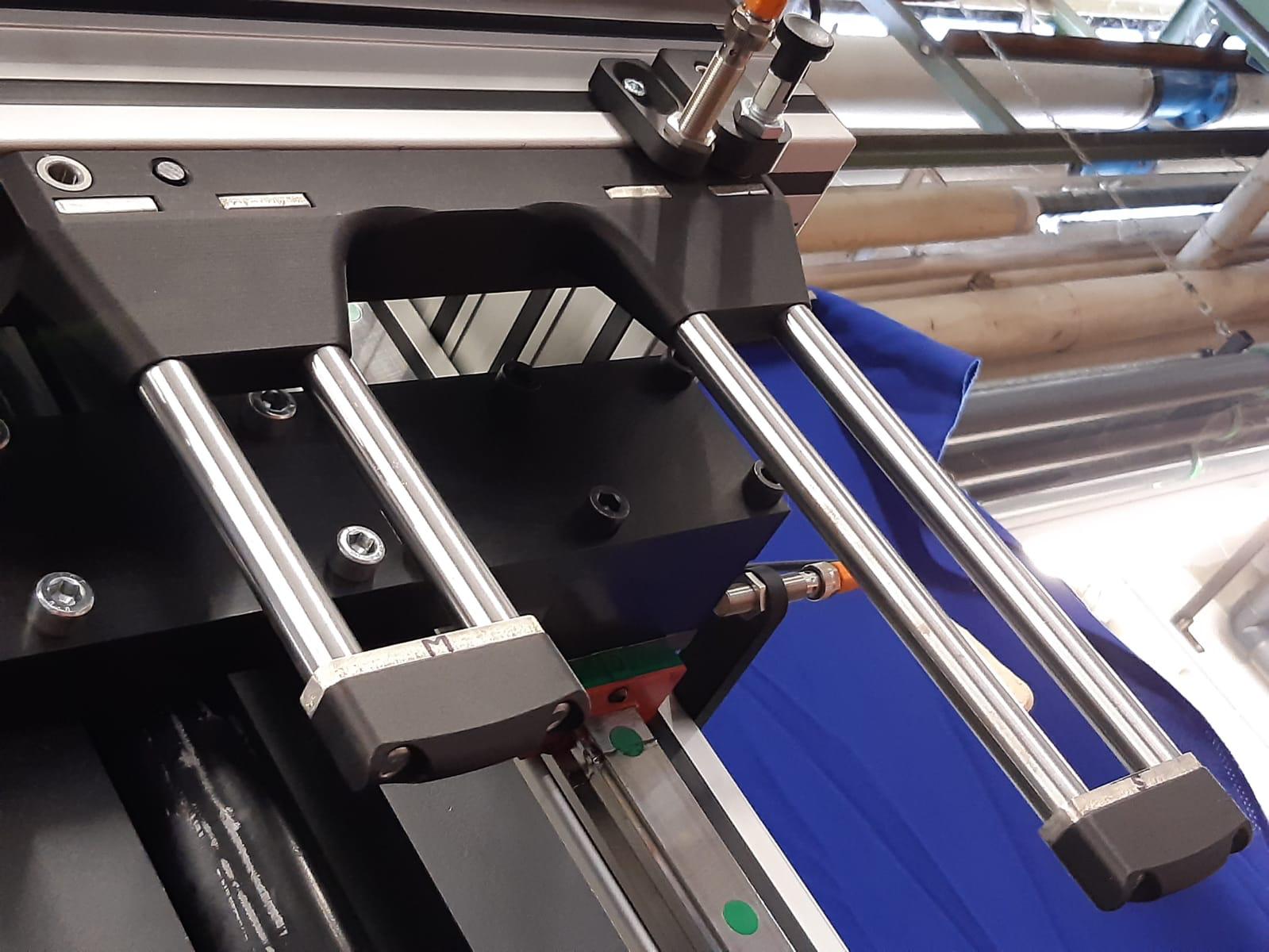
Solution
„I‘m sure the return on investment is already being realized simply by the time I‘ve saved.“ Thomas Peil makes the immense time saving clear in the following example: „Friday at the customer‘s, Saturday idea in my head and designed, Sunday the Mark Two printed, Monday the finished component was installed at the customer‘s! So far, I could fully rely on the technology of the Markforged 3D printers.“
Now you can make real multi-talented tools. For example, two metal ends are joined on one machine. These move exactly into position until they are flush with each other. Previously, the metal parts went directly to the light barrier – but that was too imprecise. Thanks to the interposed part, the position is now 10 times more accurate! The article-contacting surface of the movable onyx part is implemented with a simple insertion plate. This counteracts wear and is replaceable. The small shaft for the inserted part could not have been produced with conventional methods!
Peil Maschinenbautechnik works a lot with parts that are inserted or plugged into the component at a later date: Magnets with nut holders are screwed into the side of the article holder. They can be shifted in the groove on the inside and fixed with the square printed from Onyx (which also serves as an anti-twist protection for the nut). To prevent high wear, the same magnets are used to hold a spring steel plate on the front side, which comes into direct contact with the articles.
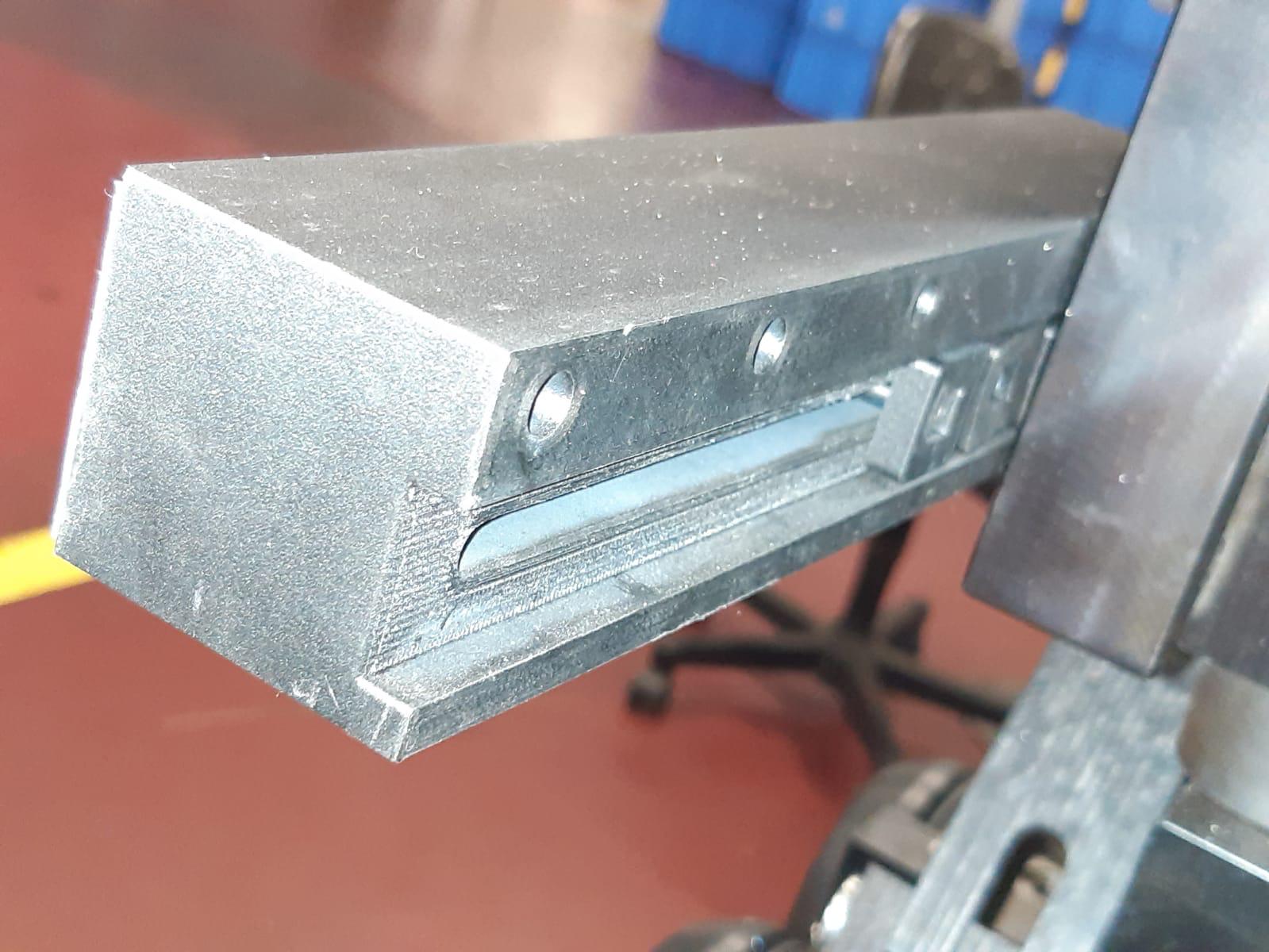
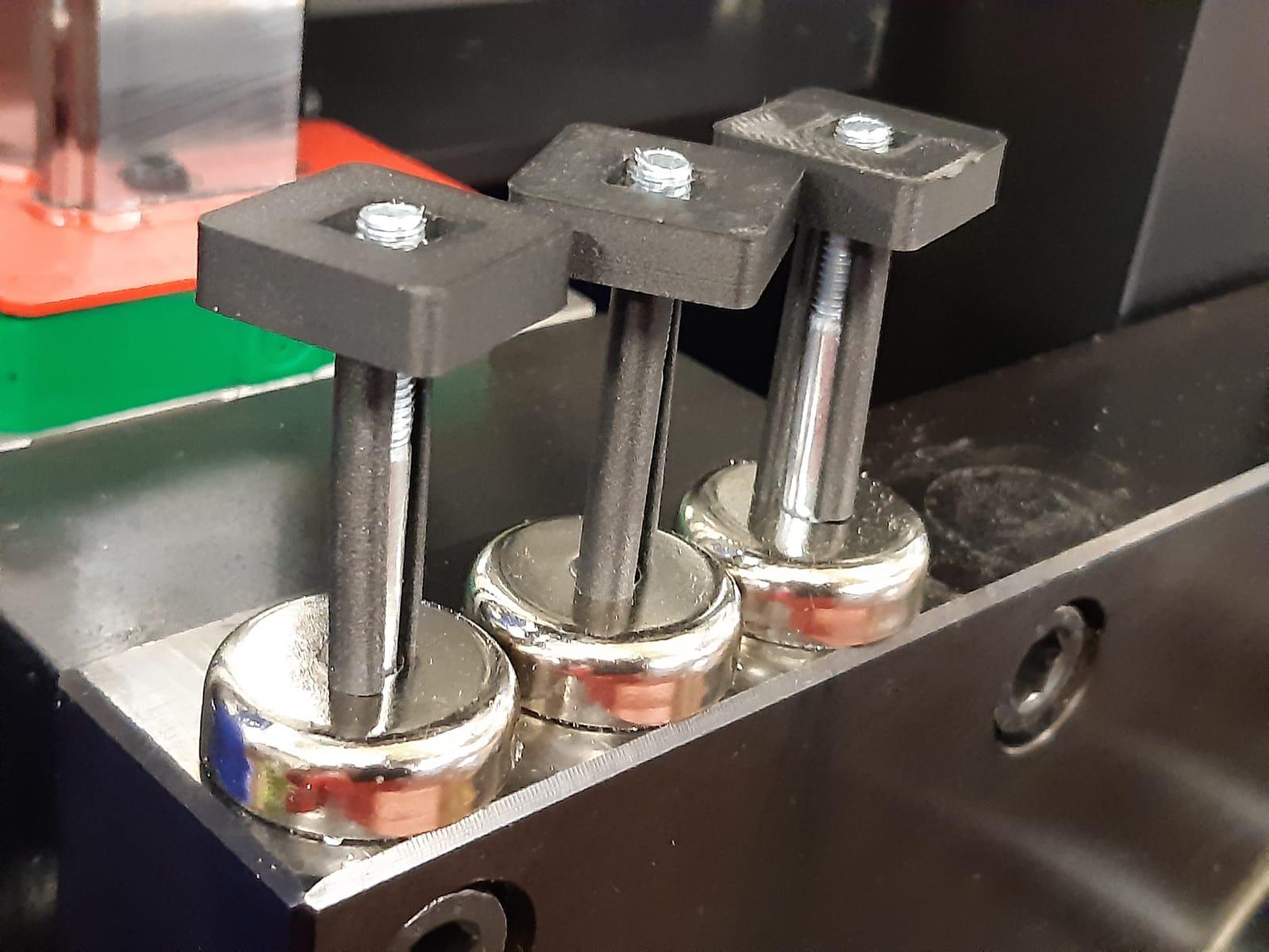
At a glance:
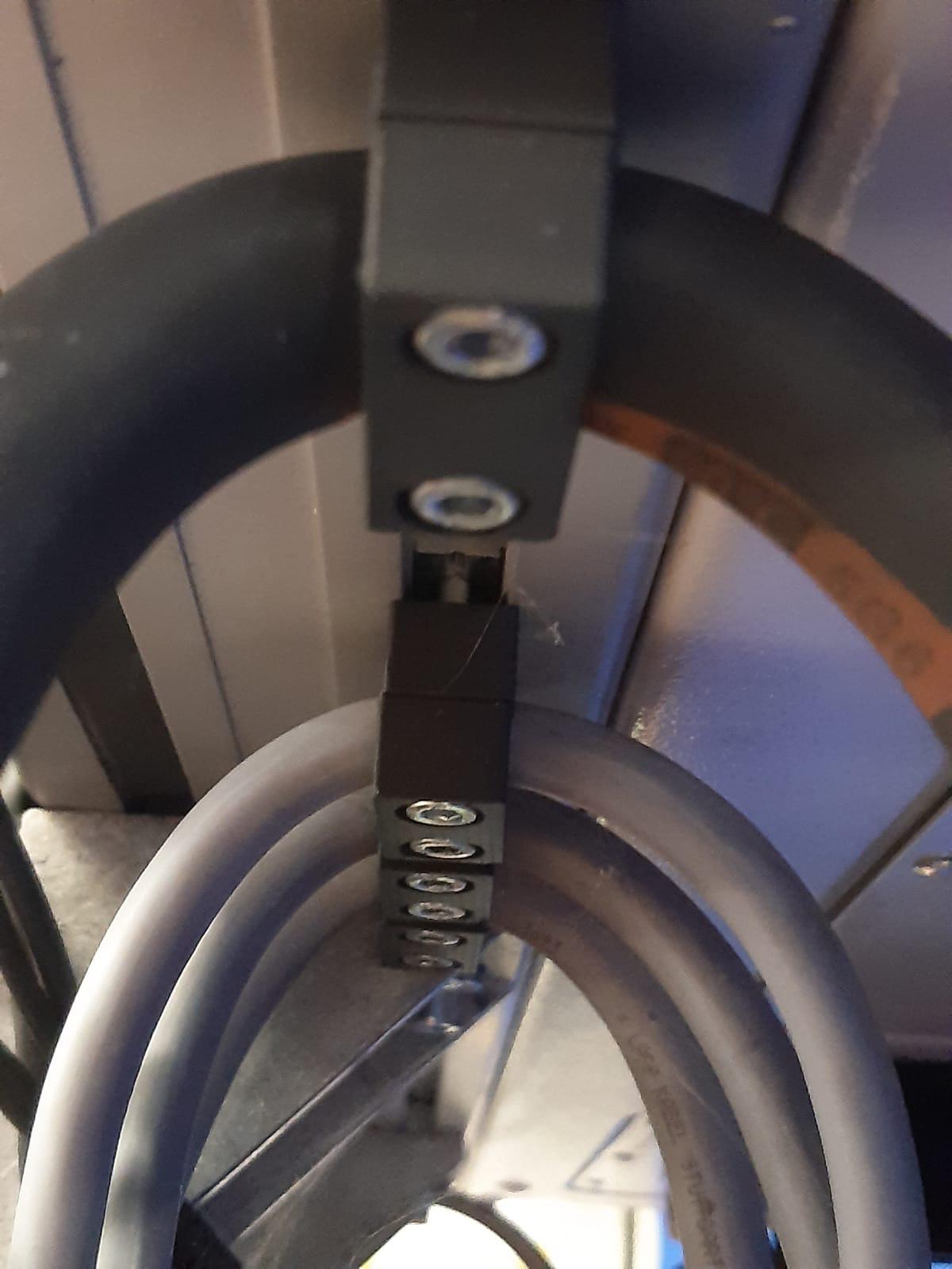
Request a demo!
Feel the strength of continuous fiber for yourself.

Further projects
A Mark Two for every challenge Thomas Peil is bubbling over with inventive talent! „Getting suitable initiator holders with locking bolts or strain reliefs in special sizes is a challenge – but it‘s easy to design and print them quickly“. The same applies to the rollers and holders against wear of the hydraulic hoses at the edge of the machine, so that they do not rub against the edge during constant movement.
For a small electrical device, Peil Maschinenbautechnik not only designed a board holder, but also the non-millable geometry of the component. The wave-shaped rings in the component are designed as an elastic pressure point to switch off the sensor technology.
The feeding of the articles for the above mentioned light barrier construction is carried out with the console shown in the bottom right corner. Here you can see again the circles of the magnets which are installed in the component and which hold and move the article. This feeding system had to be reworked several times during the development to achieve the best possible geometry – this would have been very expensive with conventional production methods.
3D printing offers a multitude of new possibilities in special machine construction.
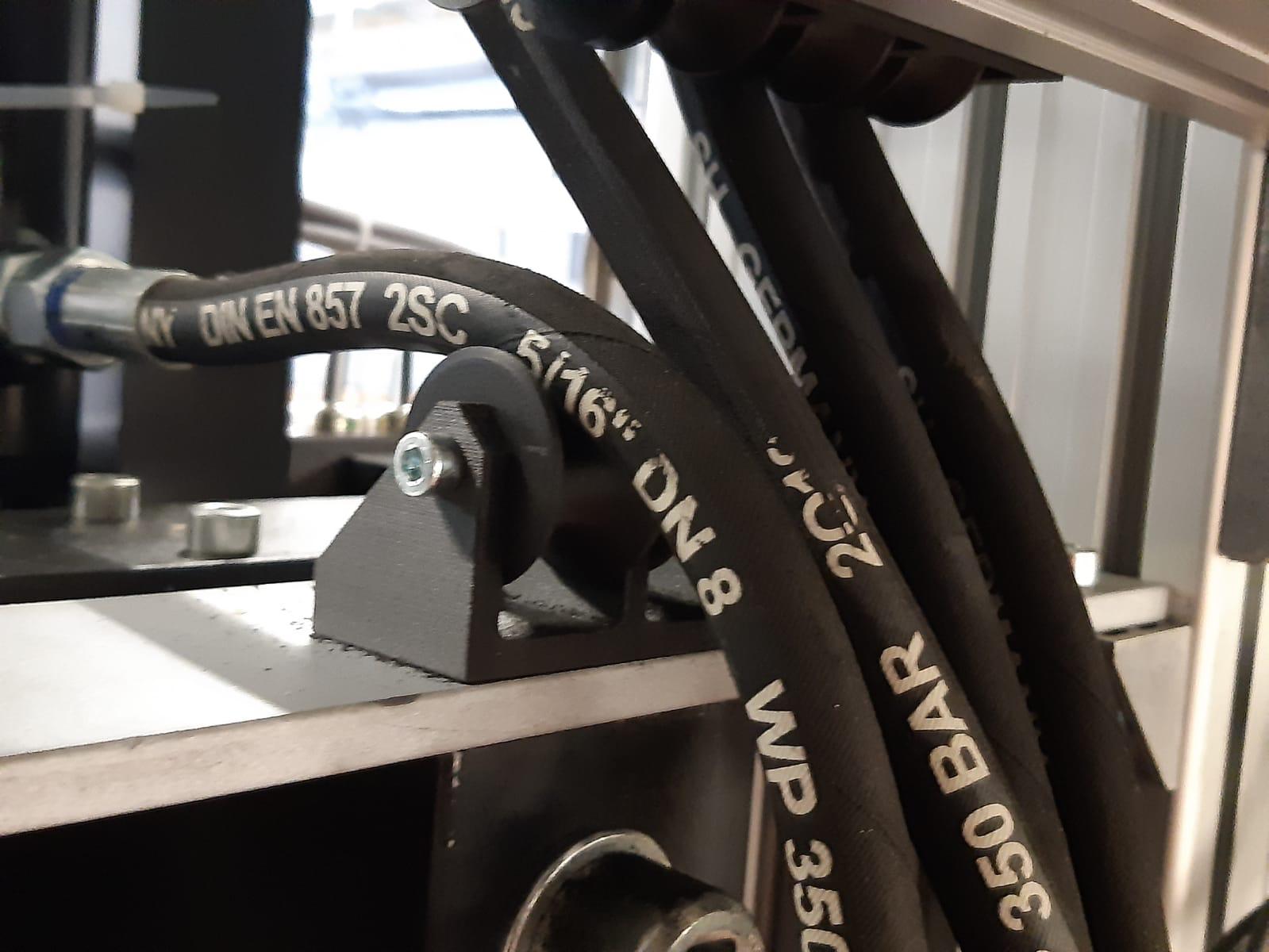
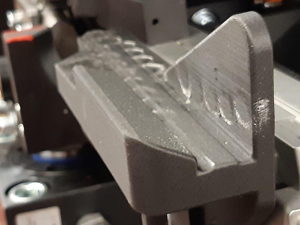
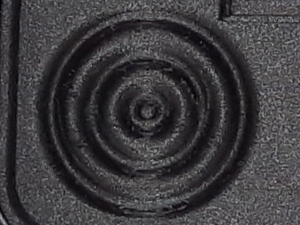

Contact details
Peil Maschinenbautechnik Friedrich-Rech-Str. 183 56566 Neuwied
Telephone +49 2631 9789490 Mobile +49 160 1551900 E-Mail tpeil@peil-mbt.de Internet www.peil-mbt.de
„The great advantage of additive manufacturing is that the material on the spool can be used to produce all shapes.“ – Thomas Peil, Managing Director
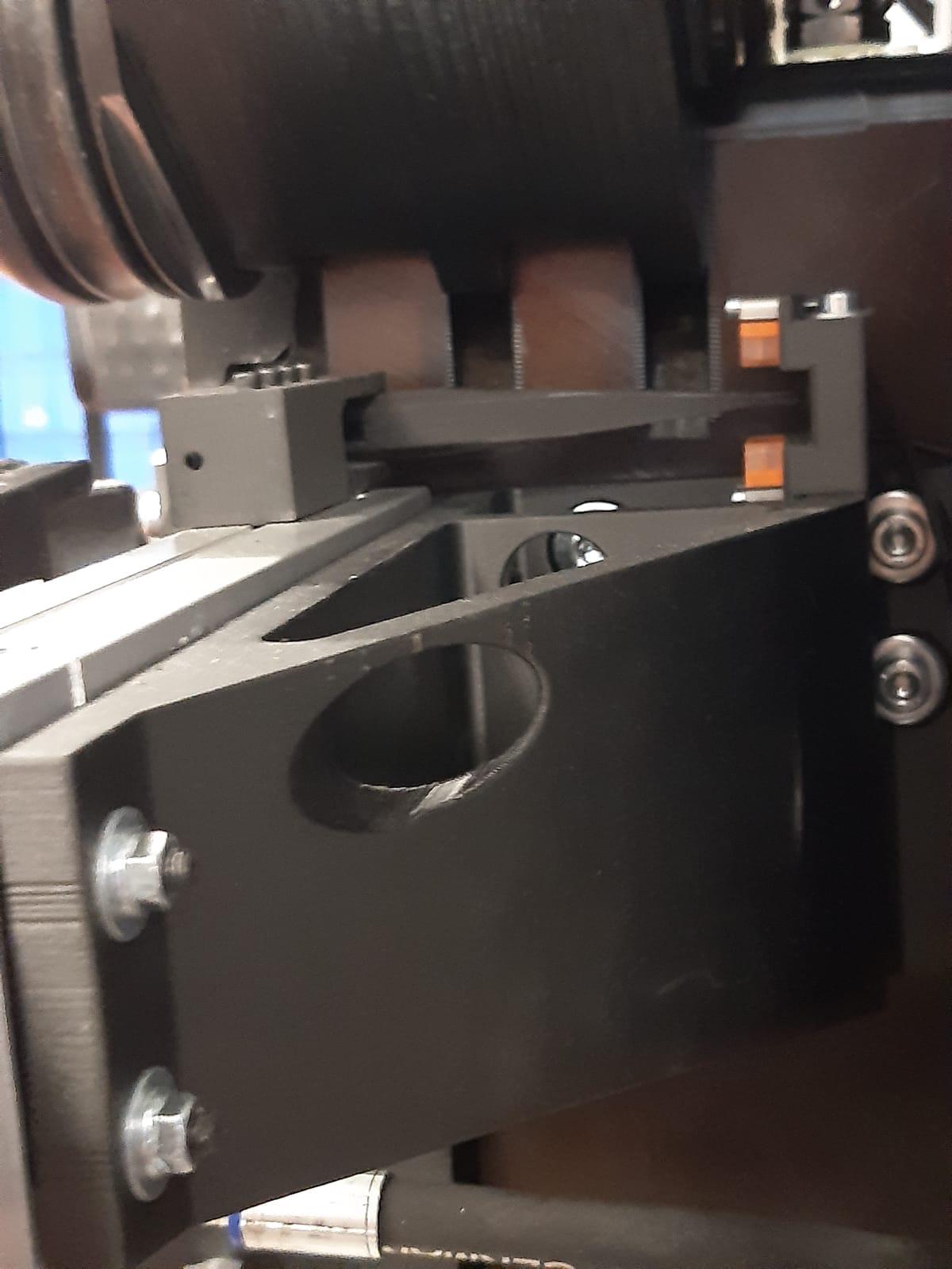
Learn more about 3D printing continuous fibres!
Which continuous fibre is suitable for which applications? How do I design correctly for filament 3D printing? What do users say and where can I find more information? – This is the right place for you! We listed some information leading you directly to the matching answers.

